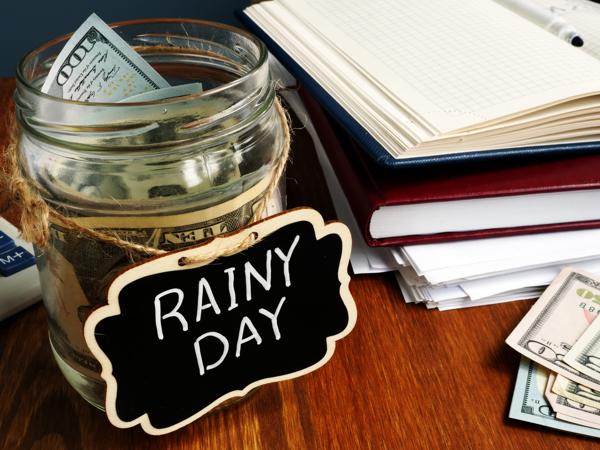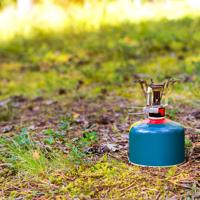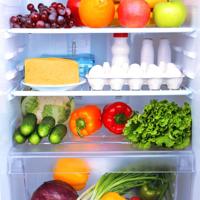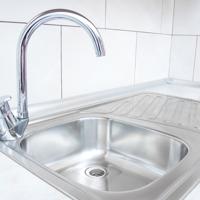Water is essential for survival, and having a clean, safe supply is critical in an emergency situation. Whether you're planning for a short-term disruption or a long-term situation, knowing how to store water is a key skill to develop. Here, I’ll share some considerations and methods for storing water safely.
Why Store Water?
Consider a potential scenario like a natural disaster or infrastructure failure, where access to potable water might be compromised. Being prepared with a stored water supply ensures that you and your family can maintain hygiene, stay hydrated, and cook food without worrying about contamination or scarcity.
How Much Water Should You Store?
A general recommendation from various sources, including the Federal Emergency Management Agency (FEMA), is to store at least one gallon of water per person per day. This should cover drinking, cooking, and hygiene needs. For a two-week emergency supply, this means storing 14 gallons per person.
Selecting Storage Containers
Choosing the proper container is crucial for water safety:
Food-grade Containers: Look for food-grade plastic containers or glass bottles. These materials are safe for storing water without leaching harmful chemicals.
Opaque and Durable: Opt for containers that minimize light exposure, as light can promote the growth of algae.
Sealability: Containers should have a tight seal to prevent contamination.
Size: Consider ease of handling. Large containers hold more water but can be heavy and cumbersome to move.
Preparing Water for Storage
Before filling your containers, it's important to ensure the water is suitable for long-term storage:
Source Water: Use treated municipal water if possible, as it's safe and should already be disinfected.
Purification: If you’re collecting water from a natural source, purify it through boiling, filtering, or chemical treatment. According to the Centers for Disease Control and Prevention (CDC), boiling water for at least one minute is effective at killing most pathogens.
Sanitize Containers: Clean storage containers with warm, soapy water. Rinse thoroughly and, if desired, sanitize with a few drops of unscented household bleach.
Storing the Water
Once your containers are filled, store them in a proper location:
Cool and Dark: Store water in a cool, dark place to prevent temperature fluctuations and sunlight exposure. These conditions help maintain water quality over time.
Off the Floor: Elevate containers off potentially contaminated surfaces, like concrete floors, which can leach chemicals.
Check Regularly: Inspect stored water every six months, checking containers for signs of deterioration or leakage.
Rotating Your Supply
Water doesn’t spoil, but over time, the containers may degrade, or the water could become unpleasant in taste. Rotating your supply is a good practice:
- Use and replace your stored water every six to twelve months.
- Keep a record of the storage date on your containers for easy tracking.
Emergency Water Sources
In emergencies, if your stored supply runs low, consider:
- Rainwater Collection: If legal in your area, rain barrels can be a secondary source.
- Home Fixtures: Water inside your water heater or pipes can serve as additional sources.
Conclusion
Taking the steps to store water effectively can provide peace of mind and security. While no plan can cover every possible event, preparing with knowledge and resources will help you face challenges. Remember, it's about building a strategy that works for you and adapting it as your needs evolve.
For further information on water storage and purification, resources such as the Red Cross and FEMA offer detailed guidance.




